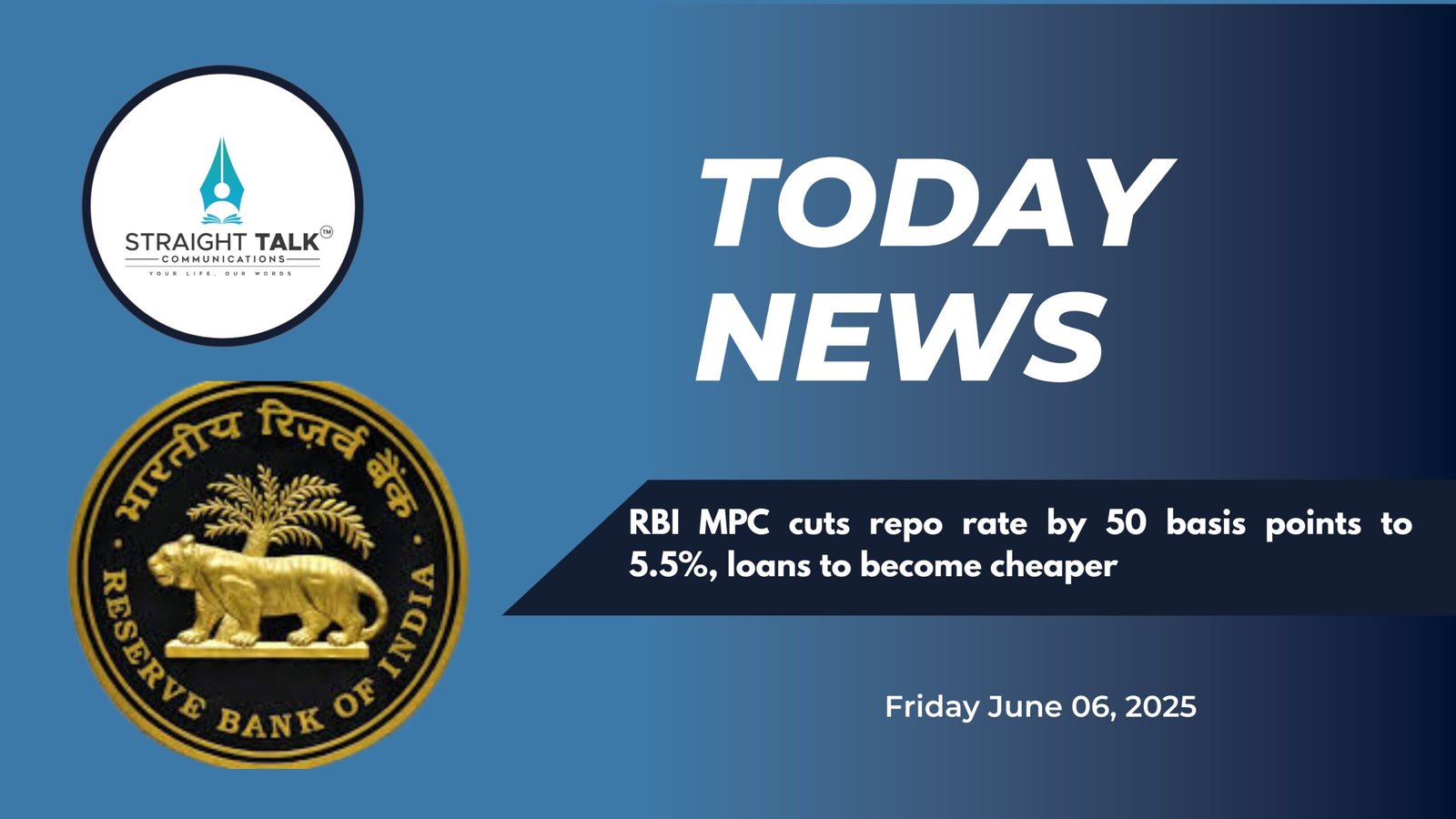“Ali Bought a Cow… and Other Kashmiri Crises Born of Whispers”

Peerzada Masrat Shah
In Kashmir, where snow-draped peaks cradle valleys steeped in the aroma of kehwa, a peculiar tradition thrives alongside the region’s storied poetry and politics. It’s called Dapaan—a deceptively simple Kashmiri word meaning “they say.” But who are they? No one knows. Yet, their whispers shape narratives, spark panics, and, occasionally, rewrite reality itself.
Dapaan is more than a phrase; it’s a cultural current, flowing through village chai stalls, bustling bazaars, and now, the frenetic pulse of WhatsApp groups. In this theater of unverified truths, every rumor is a headline, every smartphone a newsroom, and every forward a potential national emergency.
The Art of Amplifying Absurdity:
If misinformation were a sport, Kashmir would dominate the podium. A stray dog barks at midnight? By dawn, it’s a coded signal for an impending curfew. A shopkeeper raises his shutter late? Clearly, a geopolitical conspiracy is afoot. The Dapaan machine churns tirelessly, transforming the mundane into the monumental.
Once confined to hushed exchanges over samovars, this oral tradition has been supercharged by the digital age. WhatsApp, X, and Facebook have become the new village squares, where unverified voice notes and grainy videos spread faster than wildfire. Each message carries the unspoken disclaimer: Forwarded as received. It’s the modern equivalent of a shrug, absolving the sender of responsibility while the rumor races on.
The Cast of the Dapaan Drama
Every misinformation ecosystem needs its players, and Kashmir’s is a vibrant ensemble:
The WhatsApp Warlord: Often a well-meaning uncle who forwards every message—be it a tsunami warning or a “confirmed” alien sighting—before his morning chai.
The Conspiracy Alchemist: Starts with a kernel of truth, mixes in wild speculation, and serves it with a confident “my source is solid.”
The Political Oracle: Claims insider knowledge of government moves because their neighbor’s cousin once served tea to a bureaucrat.
The Viral VJ: Shares a blurry 10-second clip with captions like “Kashmir Shutdown Imminent!”—context optional, panic mandatory.
These aren’t mere gossipmongers; they’re self-appointed guardians of “awareness,” armed with smartphones and an unshakable belief in their duty to inform.
Case Studies in Chaos:
Consider the Great Cow Caper of 2023. A cow in Srinagar’s Batamaloo market coughed—likely due to dust. Within hours, Dapaan transformed it into a harbinger of doom. Social media buzzed with claims of troop deployments, curfew orders, and even avian espionage (those pigeons looked suspicious). By evening, panicked residents were stockpiling rice, all because someone mistook bovine sniffles for a coded signal.
Or take the annual ritual of the “exam result leak.” Every spring, Kashmir’s students are besieged by WhatsApp messages proclaiming, “Results out tomorrow, 3 PM, confirmed by my friend in the board office.” The friend, of course, is a phantom, existing only in the Dapaan multiverse. Yet, the rumor triggers sleepless nights and frantic calls to schools, all for naught.
Then there’s the painted wall in downtown Srinagar. A municipal effort to spruce up a graffiti-covered barrier became, in the Dapaan narrative, a secret plan to broadcast subliminal messages to foreign satellites via color patterns. And when a local official sneezed during a speech? Not allergies, but a deliberate Morse code for “regime shift,” naturally.
A Global Plague, Kashmiri Style:
Kashmir may have perfected Dapaan’s poetic chaos, but misinformation is a universal affliction. In the U.S., it’s “fake news” fueling Capitol riots. In India, it’s WhatsApp-driven lynchings over cow vigilantism. Globally, from COVID-19 vaccine conspiracies to election fraud claims, the mechanics are the same: a spark of doubt, fanned by digital winds, ignites a firestorm.
If misinformation were an industry, it would rival Big Tech in reach and Bollywood in drama. Its genius lies in its seamlessness—slipping into our lives via a forwarded message, a cryptic tweet, or a neighbor’s “I heard.” In 2021, a rumor about a salt shortage in Anantnag, supposedly triggered by “planetary misalignment,” sent residents scrambling to markets. The truth? A local trader’s typo in a bulk order.
The High Cost of Whispers:
It’s easy to chuckle at Dapaan’s absurdity, but its consequences are no laughing matter. Rumors have fueled communal tensions, disrupted public order, and eroded trust in institutions. In 2019, a false WhatsApp forward about “outsider influx” post-Article 370 revocation led to protests in parts of Kashmir, stoked by fear rather than fact. Lives are disrupted, communities fractured, all because “someone said” was deemed credible.
Breaking the Dapaan Cycle:
Curbing this epidemic requires collective resolve. Here’s a roadmap:
- Pause Before You Post: A juicy rumor isn’t necessarily true. Cross-check with credible sources or a quick Google search.
- Delay the Panic: Is it really “breaking news,” or just your cousin’s overactive imagination? Wait for official confirmation.
- Challenge the Warriors: That relative flooding the family group with doomsday alerts? Point them to fact-checking platforms like Alt News or Boom.
- Promote Digital Literacy: Make “verify before share” a cultural norm, especially in schools and community groups.
- Question the Source: When someone starts with “Dapaan,” counter with “Dapaan kyah? Tim kyazi?” (Who said it? What do they know?)
The Final Whisper:
Dapaan is woven into Kashmir’s cultural fabric—a blend of storytelling, skepticism, and social bonding. But when folklore morphs into fake news, the stakes skyrocket. A single rumor can spiral from a chuckle to a crisis in hours.
So, the next time you hear “Ali bought a cow,” don’t just forward it. Ask: Did Ali really buy it, or did he just retweet the idea? In a land where whispers travel faster than truth, a moment’s skepticism can be the difference between clarity and chaos.
Blurb
Dapaan is woven into Kashmir’s cultural fabric—a blend of storytelling, skepticism, and social bonding. But when folklore morphs into fake news, the stakes skyrocket. A single rumor can spiral from a chuckle to a crisis in hours.







